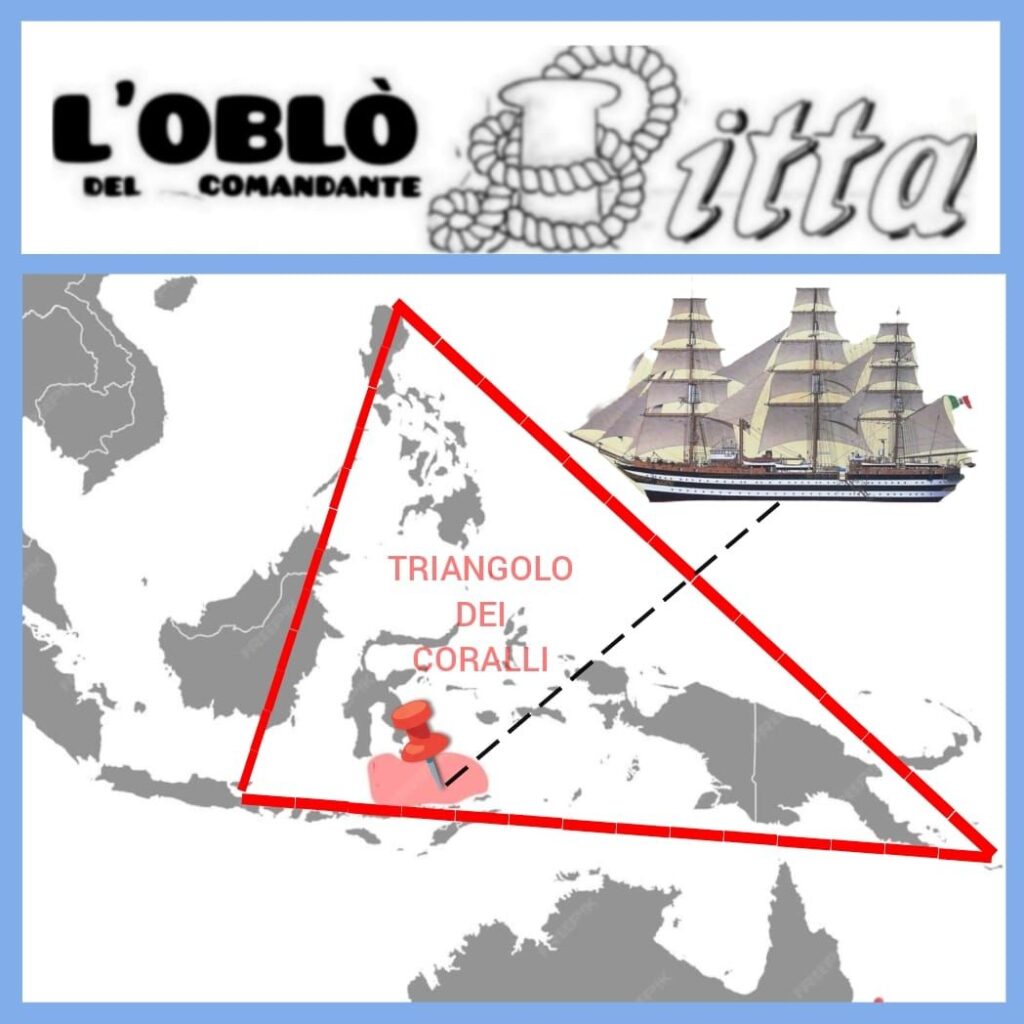L’ora legale… e il paradosso dei gemelli

Sabato 26 ottobre 2024 ✍️
Nave Vespucci in porto a Singapore
CAMBIO DELL’ ORA ‘LEGALE’
🕒 ——>🕑
Questa notte, alle 03:00, dovremo spostare di un’ora indietro (alle 02:00) i nostri orologi, in virtù del cambio dell’ora legale che passerà da quella ‘estiva’ a quella ‘solare’.
IL PARADOSSO DEL TEMPO
( Bitta scripsit XXX X MMXXI )
Supponiamo che questa notte nascano due bambini: il primo alle 02:55 e l’altro 10 minuti dopo.
Quale dei due sarebbe il maggiore?
Viene naturale pensare che chi nasce prima è il maggiore dei due…. MA, ai fini legali, il maggiore risulterà essere quello nato per secondo poiché alla sua nascita l’orologio segnava le 02:05 e non le 03:05 !
CURIOSITÀ
NON TUTTI GLI ITALIANI EFFETTUERANNO IL CAMBIO DI ORA !
Su Nave Vespucci, in porto a Singapore, non si effettuerà nessun cambio di ora (in quel Paese non viene mai adottata l’ora estiva); pertanto da questa notte la differenza tra l’ora di bordo a Singapore e l’ora vigente in Italia passerà da 6 a 7 ore avanti.
Non chiamiamo dunque il Vespucci nel tardo pomeriggio perchè a Singapore è notte inoltrata.
Cieli sereni
PG











